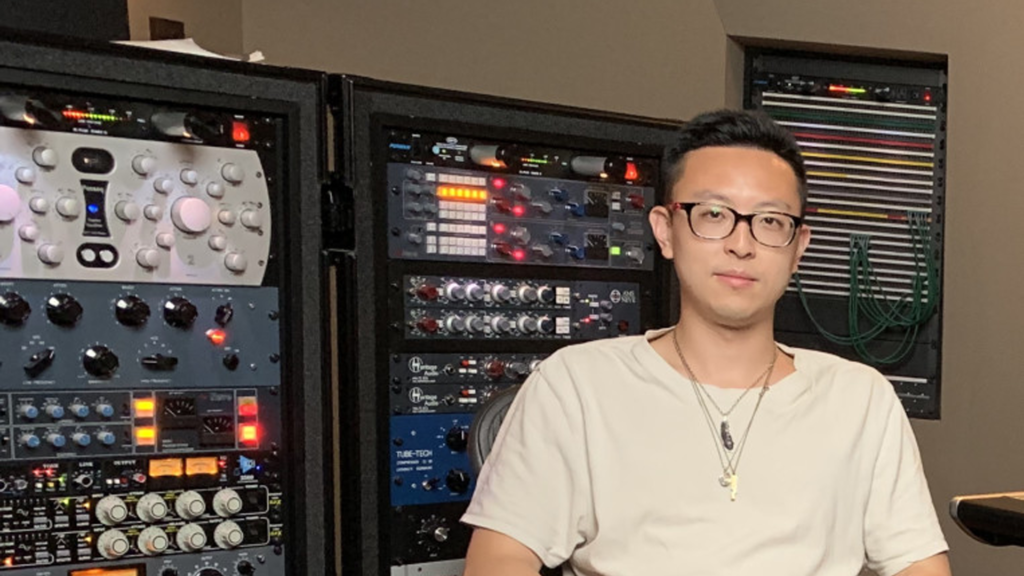Matt Sim Is A Grammy-Nominated, Award-Winning Mixer, Mastering Engineer, Producer, And Pro Audio Designer Based In Hong Kong. More Than 1000 Of His Mixes Were Released Between 2015 And 2021, Covering All Genres Of Music. Matt Has Worked With A Long List Of Award-Winning Artists Including Nicki Minaj, Big Sean, Jackson Wang, Lexie Liu, Kris Wu, Desiigner, Pusha T, And Rick Ross. In Addition, He, Co-Designed The APS/Germano Acoustic AEON II Studio Monitor.
Having Mixed So Many Songs Over The Past Few Years, How Do You Stay Fresh And Excited About Mixing Music Every Day?
I found a balance in my career to stay sane. I bounce back and forth between making a living through working with artists and labels with bigger budgets and helping independent artists create great music. Working on indie music inspires me more since independent musicians typically have more creative freedom and are less difficult to work with than major label artists.
Working on fun and cool music is my ‘vacation” in between all the projects. Aside from that, I try to enjoy life as much as I can outside the studio to recharge my battery. Taking time off to rest is key!
Tell Us About Your Current Studio Setup.
I have two set-ups: one at my studio and one at home. I spent 99% of my time mixing at home just because I can save the traveling time and mix a few more songs a day.Also, I have a studio set-up in case if any clients want to sit in but thanks to Covid, that never happens at the moment.
During my career, I’ve used every kind of analog gear and console possible, as well as worked on design projects for a few companies. Nothing much really excites me anymore. I have been 100% in the box for more than five years now, working in Pro Tools only.
Given the speed I‘m working at, and the number of mix revisions I need to take care of, plus the consistency in terms of quality I have to deliver 24/7, it’s a no-brainer. Fully ITB (in the box) is the only way to go. I cannot afford to waste any time. If one of my tube gears is broken, or this console has a bad channel, I would lose my job. It’s a very competitive world.
My winning formula to deliver 300 mixes a year is simple: my 2018 MacBook Pro, tons of plugins, any audio interface (although I am using Antelope Zen Tour), Yamaha NS10s, and a pair of Sennheiser HD600s.
It’s a similar set-up for my big studio and my home studio except that at my studio I have an extra Avid S3 control service, a Zoar studio desk, and bit of analog gear for display only (a Distressor, a few 1176, a Cranesong Trakker, a Black Lion Seventeen).
How Do You Typically Approach A Mix?
I have two assistants setting up the session for me so we can run 24/7. They do all the audio clean up, making sure all all tracks align and it’s identical to the rough mix with no missing files. Besides that, they color code all the tracks for me and route the tracks to my mix template.
We try to avoid making any big editing decisions because it changes the mix so much. That should be done before mixing, although it does happen sometimes during or after mixing in which case I’ll charge them additional fees because it’s simply a different song with a different arrangement.
It usually takes me 1-3 hours to mix a song after my assistant has prepped the session. Any longer than that and it would mean that the arrangement or the recording quality has got a major issue that I’ll have to fix.

